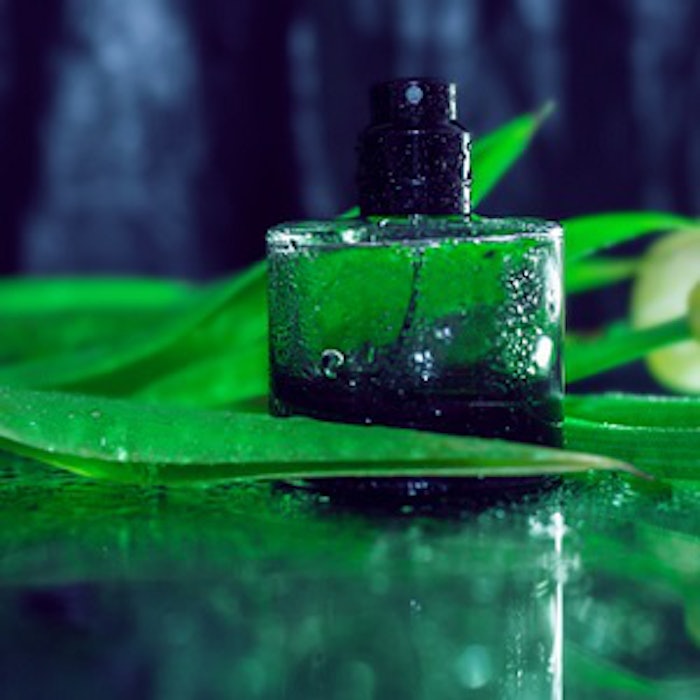
For almost 25 years, this small Grasse, France, based naturals boutique has produced essential oils, absolutes and other materials for the flavor and fragrance industry. (IFF purchased the company in 2000.) Perfumer & Flavorist magazine has been granted a rare guided tour of the facility hosted by Toulemonde and two top IFF perfumers—Clement Gavarry, winner of the 2006 Rising Star Award for fragrance, and Sophie Labbé, the first woman to win the François Coty prize for best creator of perfumes.
Gathering Scents across the Globe
In an age of shrinking differentiation among fragrances, new materials—whether new fractions of existing materials or all-new materials from previously unexploited botanicals—are key to giving fragrance companies a technological and creative edge. And no category is booming more than naturals. This is the business of LMR.
During the tour, Toulemonde repeatedly returns to the theme of environmental and corporate responsibility. “We make sure we can cultivate [our raw materials] in a sustainable way while maintaining the integrity of the planet,” he says, and “taking care of the people cultivating it—the farmers.” While a number of key raw materials, including jasmine and rose, were once sourced inside of France, increased urbanization in the country and skyrocketing raw material demands means that botanical production now originates from all around the Mediterranean basin and beyond: rose and orange tree in Morocco, orange tree in Tunisia, rose in Turkey and Bulgaria (the climate of the Black Sea is very close to the climate of the Mediterranean basin), jasmine in Egypt, and tuberose in India. With such widespread production and the materials’ inherent fragility, logistics are key to producing high-quality naturals.










